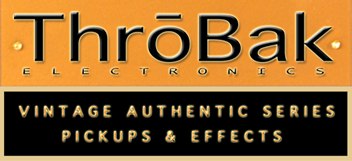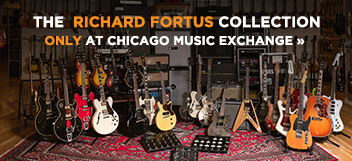AA00475Bassman
Well-known member
- Joined
- Apr 26, 2016
- Messages
- 3,770
I hear something when I hear likes of pro playing a burst , don't hear much collectors & non pro's. Would not advance my sound I know this . I don't beleive I can get out all a modern Les Paul has to offer .



